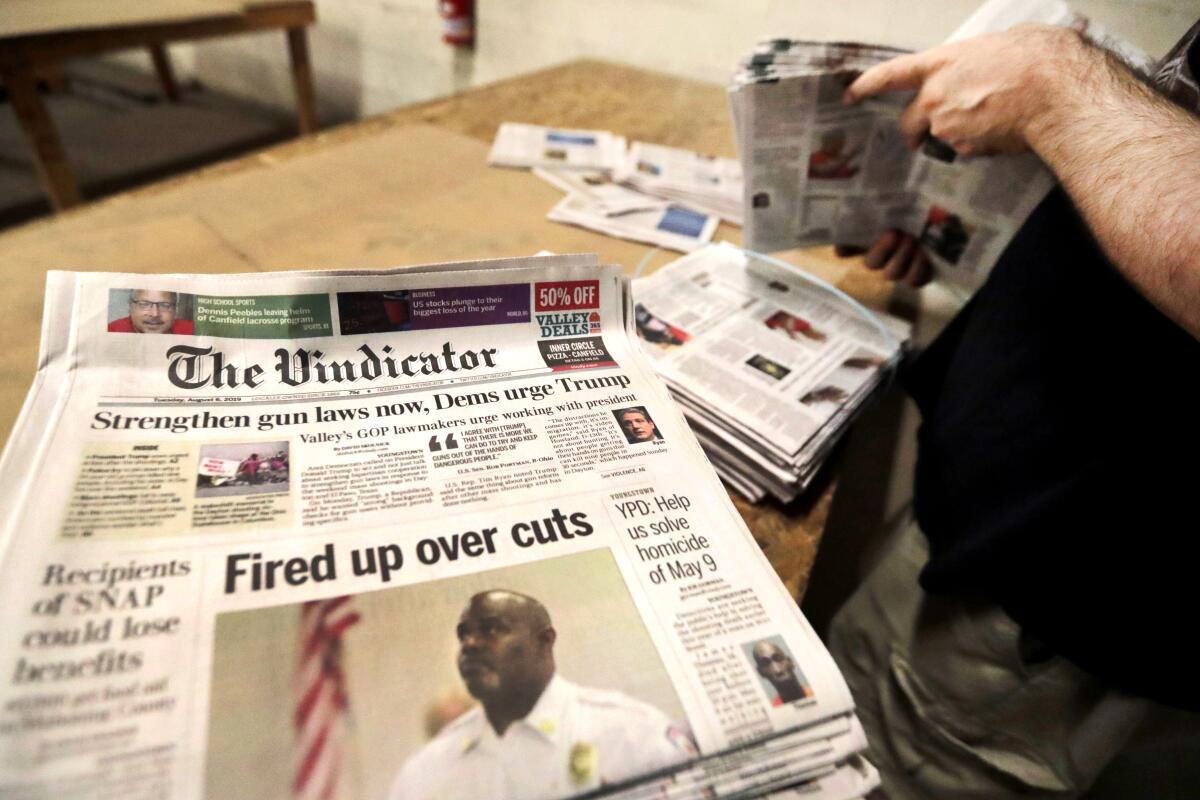Not known Factual Statements About News Articles
Table of ContentsNews Articles Can Be Fun For EveryoneSome Ideas on News Articles You Should KnowNot known Facts About News ArticlesNews Articles Things To Know Before You BuyWhat Does News Articles Do?
Excellent understanding of different topics provides pupils an one-upmanship over their peers. Despite the fact that digital and social media sites are easily obtainable, we must not neglect just how crucial it is to review the newspapers. Parents have to try and instill the habit of checking out a newspaper as an everyday regimen to continue the tradition of the adored print medium.Information stories also include at the very least among the complying with crucial features family member to the desired target market: proximity, importance, timeliness, human interest, anomaly, or consequence. The associated term journalese is sometimes made use of, usually pejoratively, to refer to news-style writing. One more is headlinese. Newspapers typically comply with an expository writing style.
Within these limits, news stories additionally intend to be comprehensive. Among the bigger and a lot more recognized papers, fairness and equilibrium is a significant element in presenting details.
Papers with a global target market, as an example, have a tendency to utilize a more official style of creating. The certain choices made by an information electrical outlet's editor or content board are frequently collected in a design guide; usual design guides include the and the United States News Design Publication. The main objectives of news writing can be summed up by the ABCs of journalism: accuracy, brevity, and clarity.
A Biased View of News Articles
Generally, reporters will not use a long word when a short one will certainly do. They make use of subject-verb-object building and brilliant, energetic prose (see Grammar). They provide stories, instances and allegories, and they hardly ever rely on generalizations or abstract concepts. Information authors attempt to prevent utilizing the exact same word greater than once in a paragraph (in some cases called an "echo" or "word mirror").
Headlines often omit the subject (e.g., "Leaps From Watercraft, Catches in Wheel") or verb (e.g., "Feline lady lucky"). A subhead (also subhed, sub-headline, subheading, caption, deck or dek) can be either a subservient title under the primary heading, or the heading of a subsection of the post. It is a heading that comes before the major message, or a group of paragraphs of the main message.

of a post topic, source, or interviewee), it is described as a drawn quote or draw quote. Added signboards of any of these types might appear later in the write-up (specifically on subsequent pages) to attract additional analysis. Journalistic websites often utilize computer animation methods to swap one signboard for another (e.g.
The Greatest Guide To News Articles
Such signboards are likewise utilized as pointers to the write-up in other areas of the magazine or site, or as promotions for the item in other magazine or websites. News release of the Swiss government. Regular framework with title, lead paragraph (summary in vibrant), various other paragraphs (details) and contact info.

Example of a hard-lead paragraph NASA is proposing another room job. The firm's spending plan demand, revealed today, included a plan to send out one more mission to the Moon. This time the firm wishes to establish a long-term facility as a jumping-off place for various other area journeys. The budget plan requests approximately $10 billion for the task.
An "off-lead" is the second most vital front page information of the day. To "bury the lead" is to start the short article with background information or information of secondary relevance to the visitors, compeling them to check out even more deeply into a post than they should have to in order to find the important factors.
Get This Report on News Articles
Usual usage is that one or two sentences each form their own paragraph. Journalists normally define the organization or structure of an information tale as an upside down pyramid. The important and most interesting elements of a story are put at the beginning, with sustaining info adhering to in order of decreasing significance.
It enables individuals to explore a subject to just the deepness that their interest takes them, and without the charge of information or subtleties that they could consider irrelevant, but still making that info offered to a lot more interested viewers. The upside down pyramid framework also makes it possible for short articles to be cut to any arbitrary length during layout, to fit in the space available.
Some authors begin their tales with the "1-2-3 lead", yet there are several kinds of lead offered. A kicker can refer to numerous points: The last tale in the information broadcast; a "satisfied" tale to end the show.
Longer posts, such as magazine cover write-ups and the items that lead the inside sections of a paper, are called. Function tales differ from straight information in several means. Foremost is the absence of a straight-news lead, most of the moment. Instead of using the essence of a story in advance, function writers may try to entice viewers in.
Little Known Questions About News Articles.
A feature's very first paragraphs often associate an interesting moment or occasion, as in an "unscientific lead". From the particulars of a person or click to investigate episode, its sight swiftly broadens to generalities concerning the story's topic.

The Editor's Tool kit: A Reference Guide for Beginners and Professionals (2001) Allan M. Siegal and William G. Connolly. The New York Times Handbook of Design and Usage: The Official Style Overview Made Use Of by the Writers and Editors of the Globe's A lot of Reliable Newspaper (2002) M. L. Stein, Susan Paterno, and R.